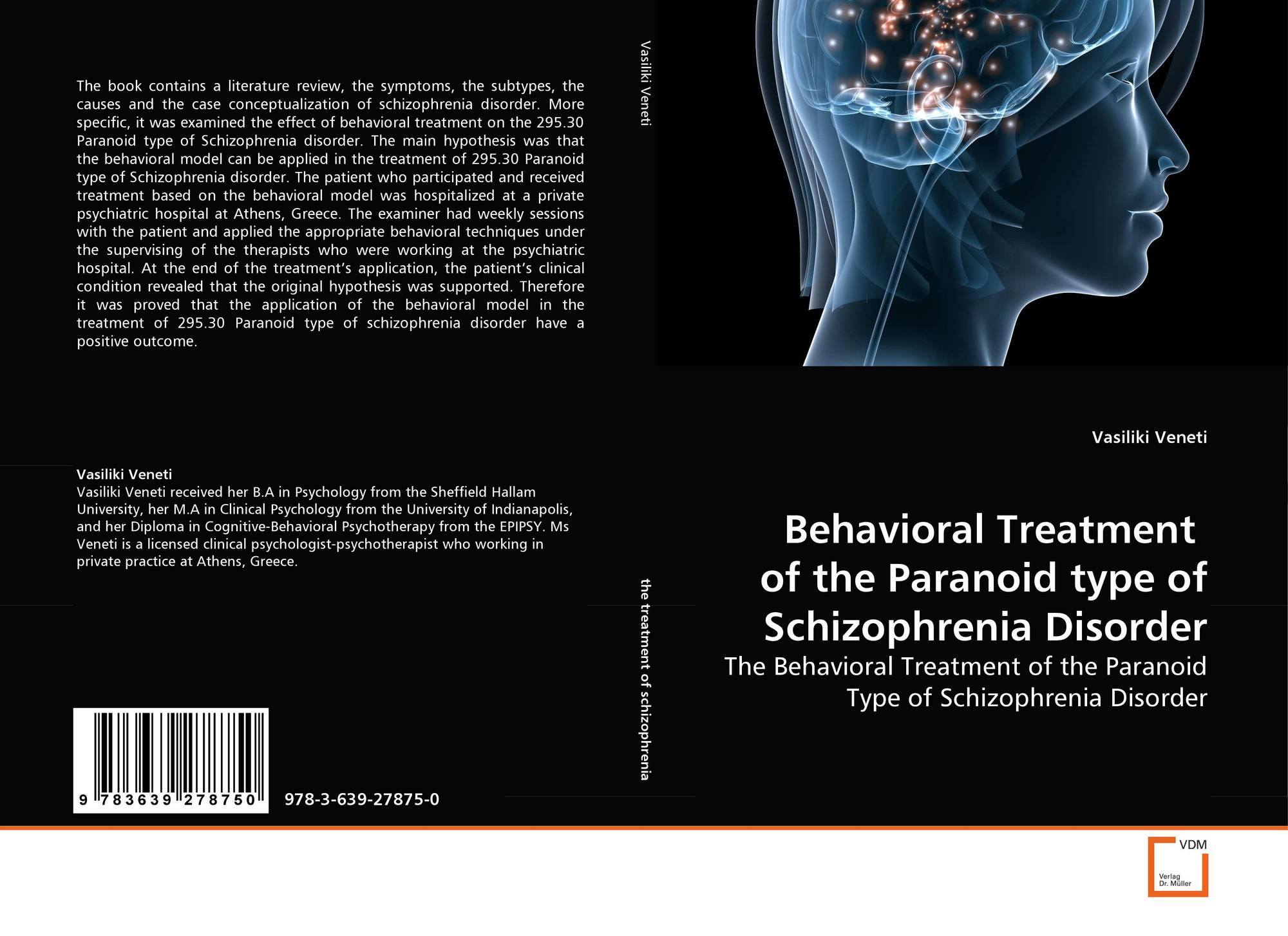

Data regarding PDTBI also suggest that delusions are more common compared to hallucinations and that auditory hallucinations are the most common type of hallucination encountered. found that there is a large range of latency following TBI and subsequent development of psychosis, with a mean delay of 4.1+ 6.6 years.
Paranoid schizophrenic manual#
However, according to a meta-analysis by Fujii et al., psychotic disorder secondary to TBI (PDTBI) is difficult to diagnose given its vague criteria per the Diagnostic and Statistical Manual of Mental Disorders, fourth edition (DSM-IV) and attributing psychosis directly to prior TBI. Depending on the severity and location of the insult, the patient may develop psychosis secondary to TBI. Traumatic brain injury (TBI) occurs when there is sudden damage to the brain and most commonly occurs as a result of a fall, motor vehicle accident, sports injuries, or assault. Traumatic brain injury, psychosis, and schizophrenia The mainstay of treatment includes psychopharmacology as well as psycho-education for patient and their family, psychotherapy, and coordinated team-based care. The most common positive symptoms that present clinically include auditory hallucinations, ideas of reference, delusions of reference, suspiciousness, delusional mood, delusions of persecution, thought alienation, and thoughts spoken aloud. Negative symptoms include social withdrawal, self-neglect, loss of motivation and initiative, emotional blunting, and paucity of speech. Positive symptoms include lack of insight, hallucinations (auditory being the most common), delusions, disorganized thought/speech, and disorganized behaviors.

Schizophrenia clinically presents with positive symptoms and negative symptoms. For a typical presentation, symptoms usually occur in the late second to early third decade, however, later presentations have also been noted. It is hypothesized that the heritability of schizophrenia is roughly 24% to 55% and affects roughly 1% of the world’s population, affecting men, slightly more than women with a ratio of 1.4:1. Schizophrenia is a heterogeneous condition that can be precipitated by many genetic and epigenetic factors. This case serves to highlight the difficulties of making an accurate diagnosis and providing evidenced-based treatment. In this case report, a 31-year-old male presents with thoughts of suicide following a recent exacerbation of his hallucinations. On presentation, the patient presented with a historical diagnosis of “paranoid schizophrenia” as well as a history of traumatic brain injury (TBI), poly-substance use disorder, and a family history of schizophrenia. Possible differential diagnoses include depression or bipolar disorder with psychosis, psychosis due to a medical condition, schizotypal and schizoid personality disorders, and neurocognitive disorders. The prevalence of schizophrenia is roughly 1%, but it is often misdiagnosed. One difficulty in diagnosing schizophrenia is due to its phenotypically heterogeneous condition that can be precipitated by a combination of genetic, epigenetic, and environmental factors. In the remission phase, patients with paranoid schizophrenia expressed cognitive disorders in moderate degree, but when it comes to patients with schizoaffective disorder, more massive cognitive, deficits were registered.Schizophrenia is a chronic psychiatric disorder that classically presents with distortions of thought, behavior, and perceptions that are often misdiagnosed. Patients with paranoid schizophrenia expressed partial loss of intellectual efficiency with verbal IQ and executive functions preserved. Patients with schizoaffective disorder showed global loss of intellectual efficiency, executive dysfunction and compromised visual-construction organization.

The research included 91 subjects, right handed, from 30 to 53 years old, who were classified into three groups: inpatients with paranoid schizophrenia in remission (n=31), inpatients with schizoaffective disorder in remission (n=30) and healthy subjects (n=30).īoth groups of patients showed poorer achievements than healthy subjects in most of the applied tests. The essence of this research is to evaluate cognitive functioning of patients with paranoid schizophrenia and schizoaffective disorder by applying neuropsychological tests.

Despite the fact that schizophrenia represents a heterogeneous group of mental disorders, usually it is not separated from schizoaffective disorder in neuropsychological researches. Neuropsychological aspects of paranoid schizophrenia have still not been examined enough.These disorders are usually not studied separately, but are included in the studies about schizophrenic patients with positive symptoms.


 0 kommentar(er)
0 kommentar(er)
